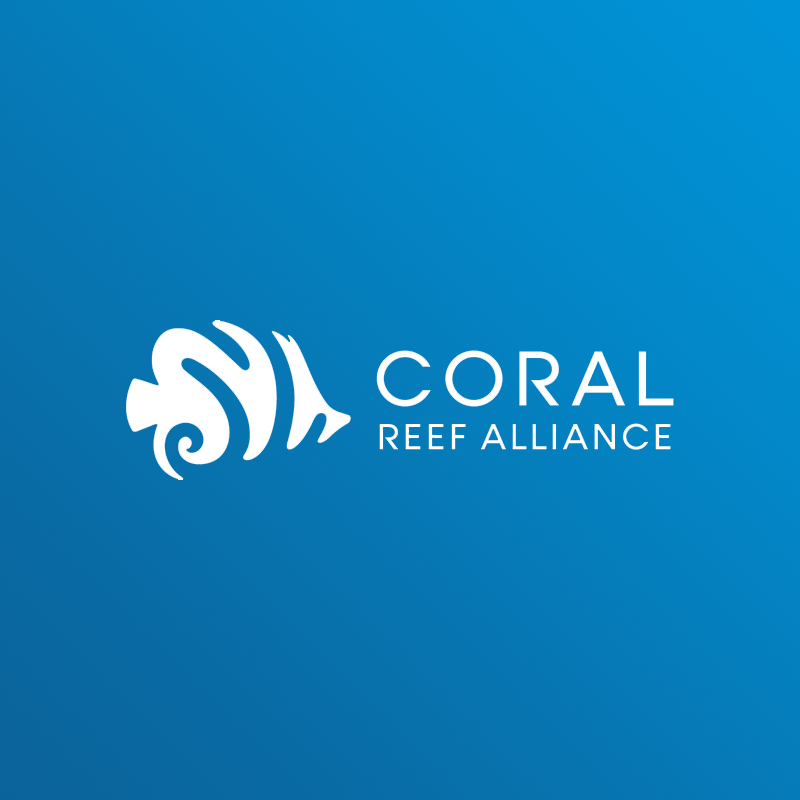Thanks to David Welder for asking about the difference between parrotfish and wrasses; he thought the image on the coin looked remarkably like a Maori wrasse (Cheilinus undulatus) and was curious about how they are related to the humphead parrotfish. Turns out it looked like a Maori wrasse because it is one! We obviously did not examine the mouth on the fish closely enough. These wrasses have large, succulent lips, not the toothier grins of the reef-grinding parrotfish.
Maori wrasse is a common name for several different species of wrasse. Cheilinus undulatus (the Fijian species on the coin) is also confusingly known as the Napoleon wrasse, humphead wrasse, Napoleon fish, and Napoleonfish. Wrasses belong to the family Labridae, and the Maori wrasse is the largest living member of the family. Males can be as long as six feet, and females about three feet. Males change color, from electric blue to pale green, blue-green, or purplish blue; females and juveniles are red-orange above and red-orange to white below. Although wrasses are long-lived, they are slow breeders, and their numbers have declined due to intensive fishing pressures, collection for aquariums, and habitat destruction and degradation, among other problems.
Though long been considered a different family, because of genetic similarities many scientists now regard parrotfish as a subfamily of Labridae.
Here is a selection of some of the other questions we received—and answers from CORAL’s experts.
How much sand does a parrotfish produce?
The answer to this question is more complicated than you might think! It depends on the species of parrotfish—and how big they are. Scientists estimate that one stoplight parrotfish can process and generate about 0.6 pounds of sand per day on average.
How do parrotfish seal themselves in for a night of sleep?
Some species of parrotfish produce mucus from glands behind their gills, secrete it from their mouths, and then spread it over their bodies and heads, creating a sleeping bag or cocoon that protects them from tiny blood-sucking shrimp-like parasites at night—similar to people using mosquito nets. Sleeping fish are particularly vulnerable to parasites at night when cleaner fish and shrimp are off the clock. Studies show that when the fish are not protected by their mucus cocoons, their parasite loads increase by about nine-fold. And if a predator like a moray eel nudges the protective membrane of the cocoon, parrotfish can feel this vibration and flee. Parrotfish spend about 2.5 percent of their daily energy budget to create their nighttime protection systems.
Is it possible to visit a reef protected by CORAL staff?
Of course! Most of our projects are located in areas where tourism represents a significant part of the local economy, so you can definitely visit them. We have been working longest with the Kubulau community in Fiji, where the nearby Namena Marine Reserve shows high fish biomass and diversity compared to sites nearby that don’t enjoy the same level of protection. Trips to Namena can be arranged from resorts in Savusavu or enjoyed from live-aboards in the area. Another great option is the West End of Roatan, Honduras, where—thanks in part to our work with the Roatan Marine Park—fish populations are rebounding. For a special treat, arrange a trip to Cordelia Banks—the coral cover will blow your mind.
